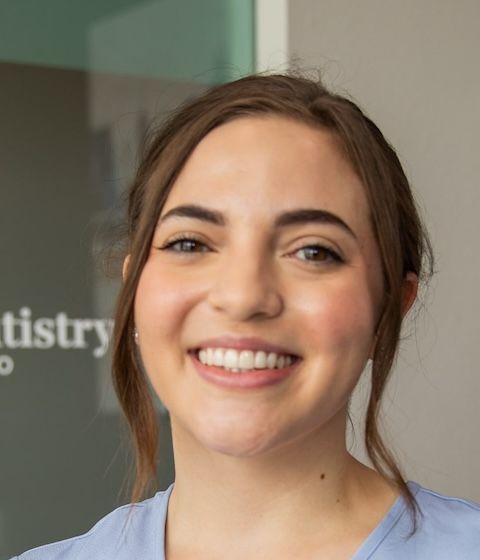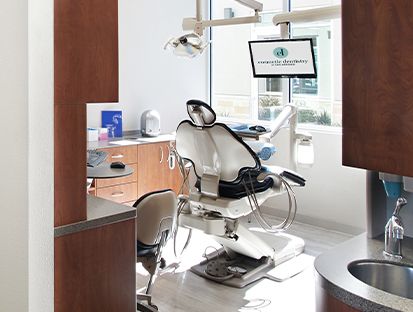You can now test drive a new smile! Try it before you buy it. Just like you’d never purchase a car that you hadn’t seen and test driven in person, we believe that you shouldn’t make a big investment on a cosmetic procedure for your smile without testing the product yourself.
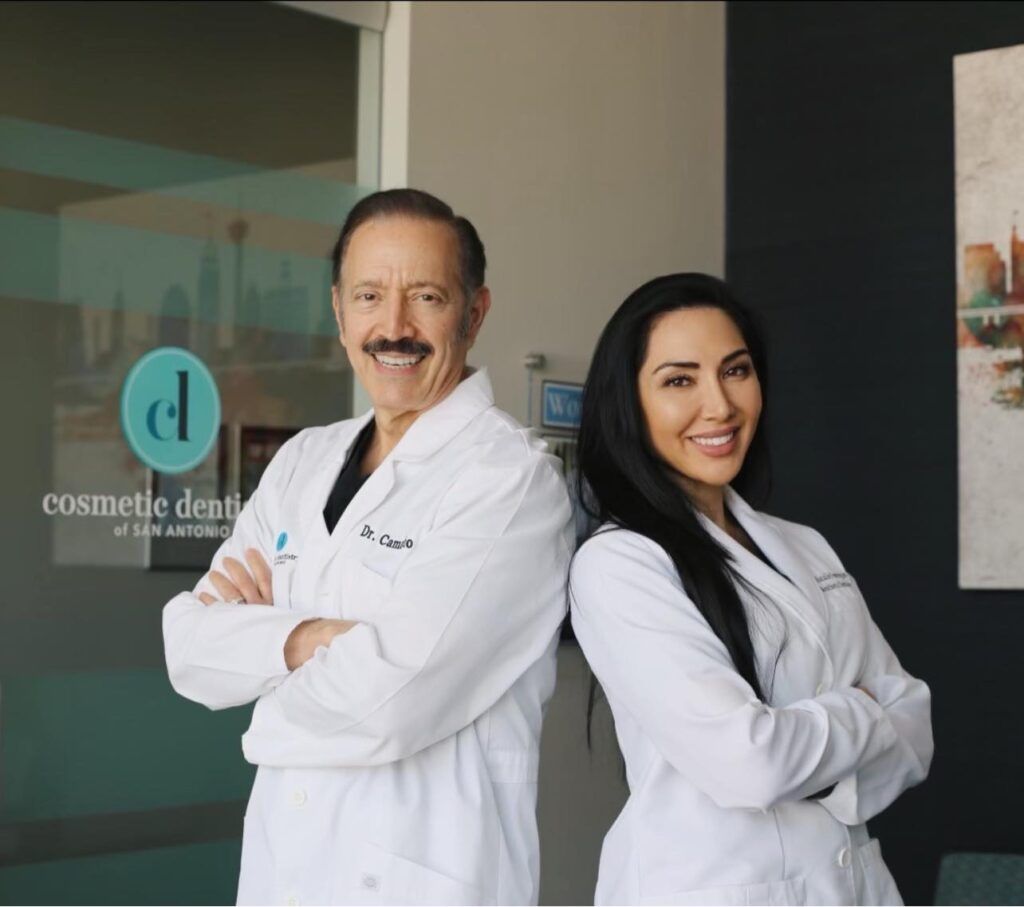
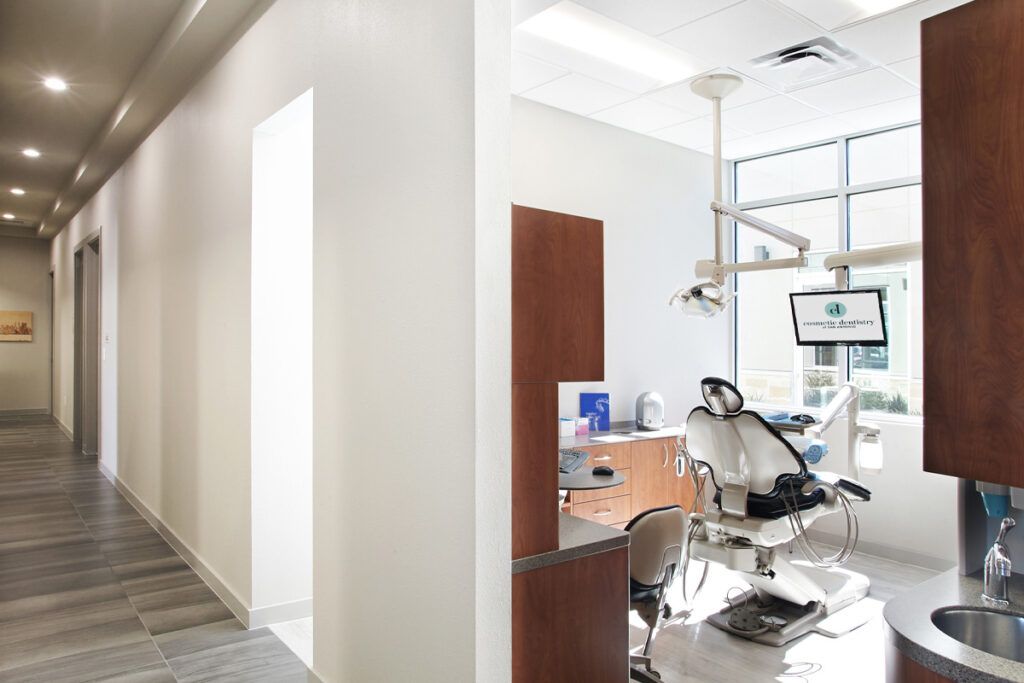
At our office, you are not just a patient; you are a valued member of our healthcare family. We believe in open communication, active listening, and fostering a warm and welcoming environment for every individual who walks through our doors. Whether it’s preventive care, or managing chronic conditions, we are dedicated to providing personalized solutions that empower you to lead a healthy and fulfilling life.
If you’re less than happy with your teeth, we can provide you with a variety of treatments that can restore both function and beauty to your smile.
We custom design our veneers so that they complement, brighten, and improve your smile – without compromising dutrability or effectiveness.
The results of a smile makeover brings a patient back to a healthy state but also gives them the confidence to smile and engage in life again!
Invisalign braces give you the option of an almost unnoticeable form of orthodontia. If you want to be discreet, this is a perfect choice.
From the moment you step through our doors, our dedicated team welcomes you into an inviting and caring environment. With a patient-centered approach, we prioritize understanding your unique needs and concerns, ensuring care tailored specifically to you. Our commitment to leading edge technology and expert dental expertise ensures that you receive the highest standard of care and innovative solutions for your well-being. Trust in us to provide a seamless experience, where your health and comfort are our utmost priority. Experience the difference at our office, where exceptional care meets genuine compassion.
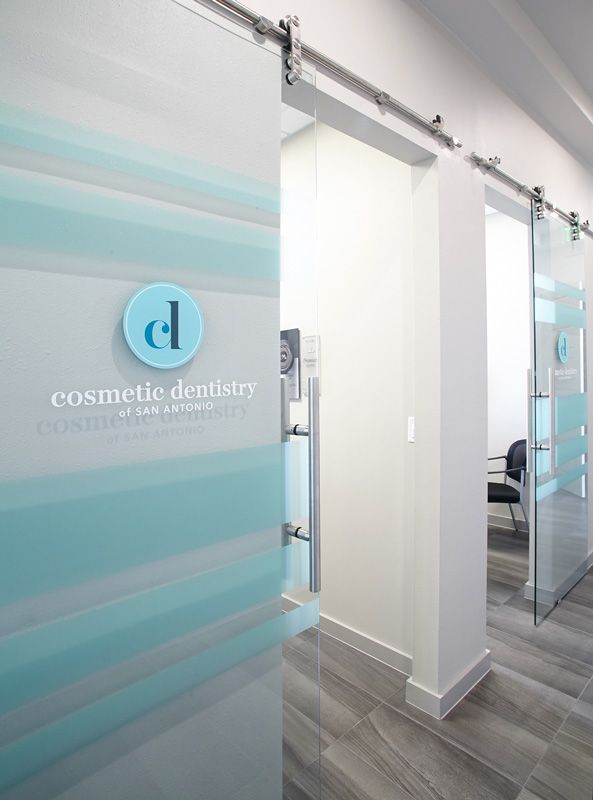

Dr. Camacho designed Cosmetic Dentistry of San Antonio to make you feel welcome and relaxed from start to finish with a combination of a friendly staff and leading-edge technology. His entire staff has a single purpose: making sure that you get top-quality dental care.
You see, a dedicated and close-knit team of dental professionals is at the center of Dr. Camacho’s practice. From the front desk receptionists to the dental hygienist and dental assistants, everyone is here to make your visit a comfortable and pleasant one.
Connect directly with Dr. Camacho and Dr. Pennington from the comfort of your home. Get real answers from a dentist that is personalized to you.
Take a picture of yourself, or your smile.
Upload from your phone.
Check email for a personalized video.
At Cosmetic Dentistry of San Antonio, we want to make sure you have a smile that not only looks good but feels good too—that’s why we offer this extra peace of mind with our cosmetic dentistry procedures. Get the smile you love after you’ve seen it in action!
We believe in taking the time to answer your questions and address your concerns before we help you create a treatment plan that is unique for you.




